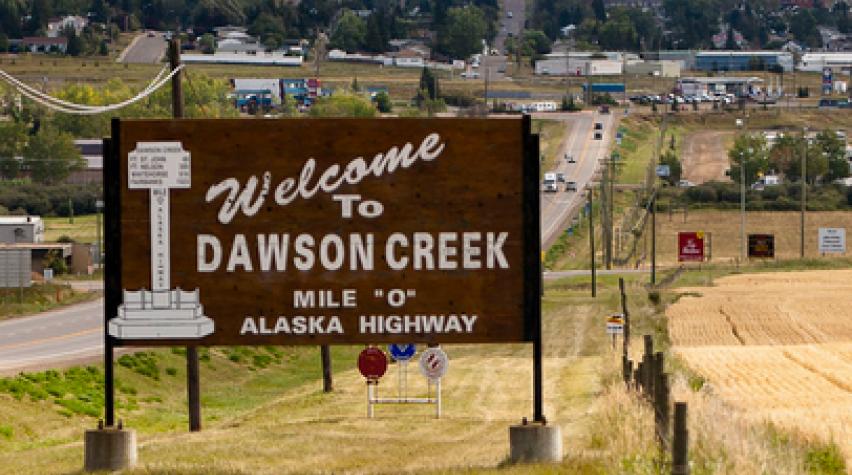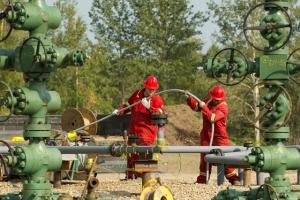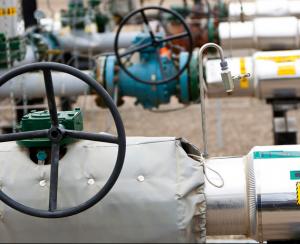
A small price to pay for water security
Only one company, Shell Canada, managed to escape the drastic cutoff, by tapping into a different water source: city waste water. Shell's Groundbirch natural gas facility, one of the city's biggest water users, was located about 30 miles away and had five natural gas processing plants and over 250 wells. Competing with other regional gas drillers, Shell had felt an urgent need to find an alternative.

So the company and the city of Dawson Creek teamed up to build an effluent treatment facility that eliminated Shell's need to tap fresh water for fracking. As a small price to pay for water security, Shell invested $11 million in the project while the city provided $1.5 million. Mayor Mike Bernier said that Shell had offered to fund the treatment plant in return for a secure supply of water for a decade. Later in 2012, as the region reeled from the drought, Bernier dedicated the city's completed water treatment plant. Not only did the city of Dawson Creek save water every time a toilet flushed, but Shell Canada could continue to operate, while other gas projects were in jeopardy of shutting down.
Upgrading water treatment
Previously, Dawson Creek had been treating its effluent (waste water) to minimum environmental standards by releasing it into a local river. Now, with an increased capacity of 4,000 cubic yards a day (3,400 going to Shell) the city was using its allotment to do things such as wash roads and water sports fields, and now it could even sell it to other drillers. This valuable water is created by a combination of biological steps. After a multi-step lagoon filtration process, the water is sent to SAGR cells (the Submerged Attached Growth Reactor), where microorganisms in the water break down any remaining bacteria to bring water up to a standard acceptable for industrial use.
Piping water to Groundbirch
"It's a win-win for both parties. The plant allowed Shell water for their operation but also left some for the city to use or sell," said Russ Ford, executive vice-president of Shell's onshore oil and gas business. Shell even built a pipeline to move the water from the treatment plant 30 miles to the Groundbirch area, where it's stored in ponds and mixed with recycled production water. By piping the water instead of trucking it, Shell reduced traffic, noise and dust, while eliminating 2 million miles of truck trips a year. The following video explains the process and benefits:
Mayor Bernier explained, "Now, instead of being dumped back into that river, we have about 3,600 cubic yards of water a day going through this plant that can be used for fracking," adding, "and since it also brought the city's effluent up to grey-water standards, there isn't a project like this anywhere else in Canada."
the city with an additional source of revenue, while reducing two-million miles a year in truck traffic from local roads," said Lorraine Mitchelmore, Shell Canada's president. A Shell press release reaffirmed the company's bottom line:
Shell considers the world's water, energy, and food systems to be tightly linked: water is needed to extract energy; energy is needed to treat and transport water; and both water and energy are needed to grow food. Shell strives to conserve water in its operations through the development of new technologies and processes...


